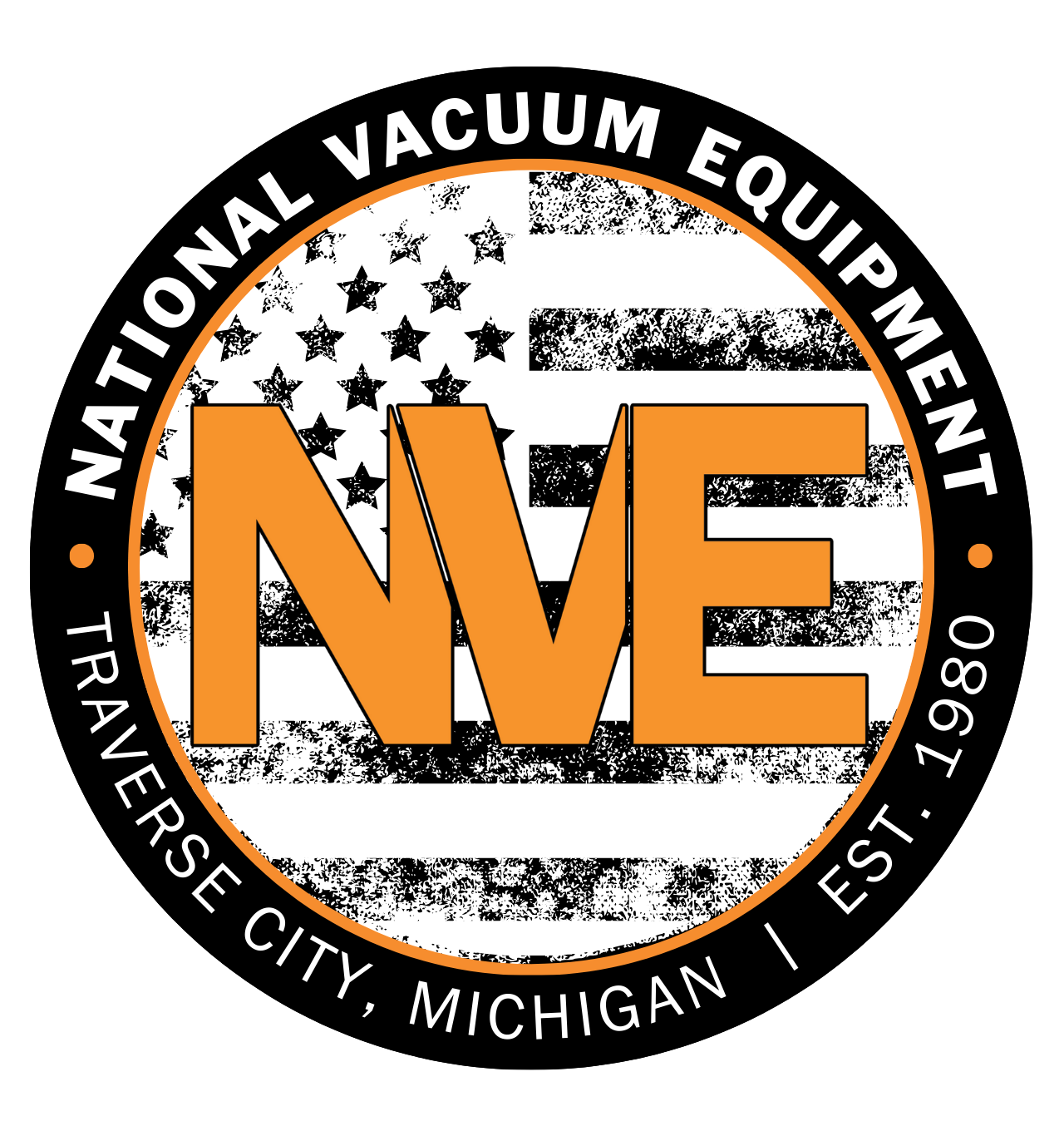
Ironman Update: Organizers Talk Sellout, Course Planning, Training Advice
By Beth Milligan | Oct. 20, 2018
Ironman organizers aren’t alone in looking forward to the inaugural 70.3 competition in Traverse City in 2019. After public registration for the August 25 event opened last month, the Traverse City race became the fastest-selling Ironman 70.3 competition in the world, selling out in less than four hours.
Now organizers are working to finalize the route for the triathlon course, aided in their planning for next year’s event by newly hired race director Joel Gaff, a Traverse City native with extensive experience in both Ironman and local race events. Ironman Midwest Regional Director Frank Lowery says the organization was surprised by the early overwhelming response to the Traverse City race, which will feature a 1.2-mile swim, 56-mile bike ride, and 13.1-mile run.
“I think we knew Traverse City would sell out, but I don’t think anyone expected it to go that quickly,” says Lowery. “For being a first-time event in a new area, that was unexpected.”
Ironman was more than halfway sold out before public registration even opened – a fact that caught new participants off guard and frustrated some athletes who were shut out of registration. World Triathlon Corporation, the parent company of Ironman, uses a “tier” registration system that designates a set amount of race slots in each tier, with registration costs escalating as one tier fills and the next one opens. In the case of Traverse City, tiers one and two – of four total – were already filled with pre-registrants before general registration began. That left the public scrambling to claim the most expensive slots in tiers three and four, which quickly sold out. Entry costs ranged from $250 for tier one to $325 for tier four; relay team entries ranged from $405 to $455.
Though a challenging system for newcomers, Lowery says tier registration is common in the racing world and allows Ironman to reward repeat athletes and triathlete club members who loyally support the organization. “It’s a priority registration that’s based on your status within the Ironman racing world, similar to what airlines do,” he says. “The more you race, the more your status goes up and the higher priority you have.” But Lowery says even veteran Ironman athletes missed out on registering for the Traverse City event. “There were a number of people who race with us a lot and chose to forego early registration…and other people were ready to pull the trigger and got in,” he says.
The sellout means 2,500 athletes will descend on Traverse City for the inaugural 2019 event. Of that group, approximately 2,350 are individual competitors, while another 150 athletes will compete in relay teams of two to three people. To prevent after-market resale of race entries, Ironman prohibits the transfer of registration between athletes – meaning the event’s sellout is a hard cutoff. (Lowery notes some slots are still available on the Ironman Foundation race team, which requires participants to fundraise for the nonprofit in exchange for registration.) Athletes from Michigan represent the largest pool of competitors, but Lowery says almost every U.S. state and a handful of countries are represented among the competitors.
The initial course proposed for the event listed the swim portion as taking place in West Grand Traverse Bay, the bike ride going up Leelanau Peninsula, and the run occurring on Old Mission Peninsula. But while the swim portion is still planned for West Bay near the Open Space, the planned bike and run courses have changed significantly, based on a combination of course conditions and approval challenges with local jurisdictions. The bike route is now proposed to go out to Sleeping Bear Dunes National Lakeshore through Long Lake and Empire townships, with riders turning south in Empire and following M-22 before looping back to Traverse City.
The “flat and fast, two-loop” run course, meanwhile, will take runners along the east side of Boardman Lake, completing an “out-and-back section” along the lake before heading back to downtown Traverse City to start lap two. Runners will finish in front of the State Theatre. Lowery says Ironman is still finalizing permits and approvals but is in communication with all the participating jurisdictions and has “gotten great feedback in regards to setting up the courses” along the new route. “Ideally we’d like to have everything done by the first part of the new year, so athletes can have time to do their training,” he says.
Gaff is helping with on-the-ground planning and operations for the event, having agreed this summer to serve as race director for the Traverse City 70.3 event. Gaff is the founder of Endurance Evolution, a Traverse City lifestyle and event management company that puts on races including the Traverse City Triathlon, Sleeping Bear Marathon, Glen Arbor Solstice Half Marathon & 5K, and Traverse City Trail Running Festival. Gaff is also an Ironman veteran – he’s participated in six full Ironman events and a 70.3 race – and has competed in and volunteered for Iceman Cometh and the Bayshore Marathon.
Those last two local events are “the closest thing” Gaff says he can compare to a 70.3 race, but says Traverse City – particularly the downtown district – will experience a different level of energy when the Ironman race takes place. “It’s such an amazing and inspirational experience,” he says. “There’s this positive energy that comes into town. The people who come to do the race come in all shapes and sizes and walks of life. I don’t think we’ve seen anything quite like it in our downtown before.”
For first-time participants, both Lowery and Gaff encourage athletes to start focusing on their training programs now. “Don’t wait until the last minute to train,” says Lowery. “Do your homework once the course comes out. Don’t be afraid to reach out to a veteran who has the skills (for the race) and ask their advice.”
Gaff concurs. “Right now is a good time to start looking at training plans and figuring out what that will be over the next nine months,” he says. “One of the biggest victories of a race like a 70.3 is just getting to the start line healthy and in decent shape. Then you can focus on enjoying the day.”
Comment






